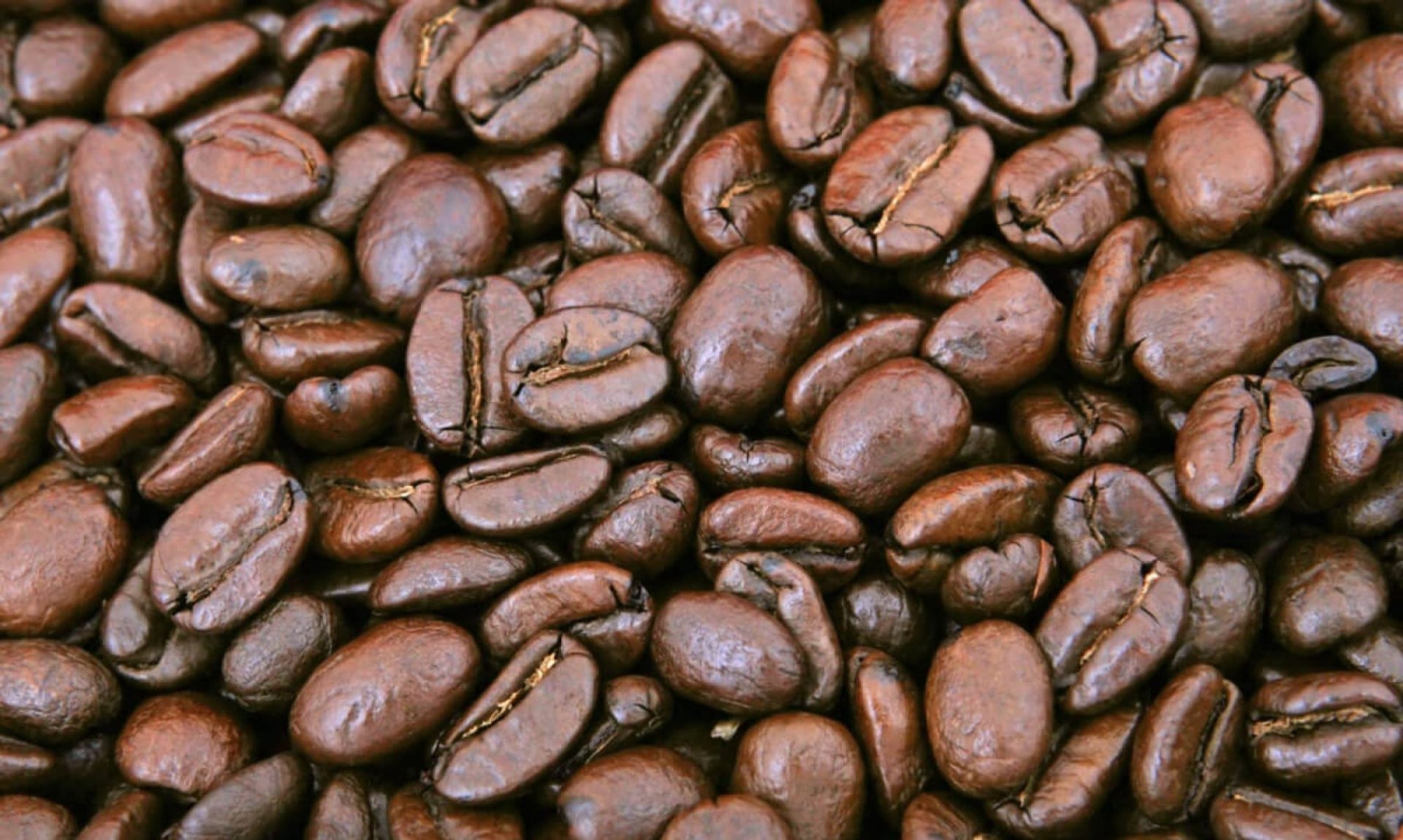Let’s face it—grabbing coffee at your favorite café every day adds up. But with the right technique, tools, and beans, you can brew better coffee at home than your local coffee shop. This guide walks you through everything you need to become your own barista.
Tools of the Trade: What You Really Need
You don’t need a $1,000 espresso machine to get started, but these essentials will take your brew from meh to magical.
✅ Coffee Gear Checklist:
- Burr Grinder – For consistent grind size (crucial!)
- Gooseneck Kettle – Ideal for pour-over control
- Digital Scale – Precision makes perfect
- Coffee Filters – Choose for your brew method
- Thermometer – Optional but helpful
💡 Pro Tip: Always grind your beans fresh—right before brewing.
Brewing Methods Breakdown: Pick Your Favorite
Every method has its charm. Choose one that fits your flavor preference and time commitment.
1. Pour-Over (e.g. Hario V60, Chemex)
- Taste: Clean, bright
- Best For: Flavor purists
- Grind: Medium-fine
2. French Press
- Taste: Bold, full-bodied
- Best For: Rich coffee lovers
- Grind: Coarse
3. AeroPress
- Taste: Smooth, strong
- Best For: Quick, travel-friendly brewing
- Grind: Fine to medium
4. Drip Coffee Maker
- Taste: Mellow, consistent
- Best For: Busy mornings
- Grind: Medium
5. Cold Brew
- Taste: Smooth, low-acid
- Best For: Hot days or iced coffee fans
- Grind: Coarse
Choosing the Right Coffee Beans
Your coffee is only as good as the beans you use.
✅ What to Look For:
- Fresh Roast Date – Look for beans roasted within 2-3 weeks.
- Origin – Ethiopian for fruity, Colombian for balanced, Sumatran for earthy.
- Roast Level:
- Light – More acidity, fruit/floral notes
- Medium – Balanced, chocolatey
- Dark – Bold, smoky
💡 Pro Tip: Buy whole beans from a local roaster and store them in an airtight container (not in the fridge!).
5 Common Brewing Mistakes (And How to Fix Them)
- Wrong grind size
🔄 Fix: Match your grind to the method (coarse for French press, fine for espresso) - Overheating the water
🔄 Fix: Use water just off the boil (195°F–205°F) - Bad coffee-to-water ratio
🔄 Fix: Use a 1:16 ratio (e.g., 20g coffee to 320ml water) - Stale beans
🔄 Fix: Always check the roast date and grind fresh - Dirty equipment
🔄 Fix: Clean your gear weekly to avoid off-flavors
Brew Guide Cheat Sheet (Save This!)
| Method | Grind Size | Brew Time | Ratio (Coffee:Water) |
|---|---|---|---|
| Pour-Over | Medium-fine | 3–4 mins | 1:16 |
| French Press | Coarse | 4 mins | 1:15 |
| AeroPress | Fine | 2 mins | 1:13 to 1:17 |
| Drip Machine | Medium | Auto | 1:16 |
| Cold Brew | Coarse | 12–24 hrs | 1:8 (concentrate) |
Final Thoughts: Practice = Perfect
Your best cup of coffee is just a few tweaks away. Start small, choose the method that excites you, and enjoy the learning process. The journey to becoming a home barista is as rewarding as the brew itself.
